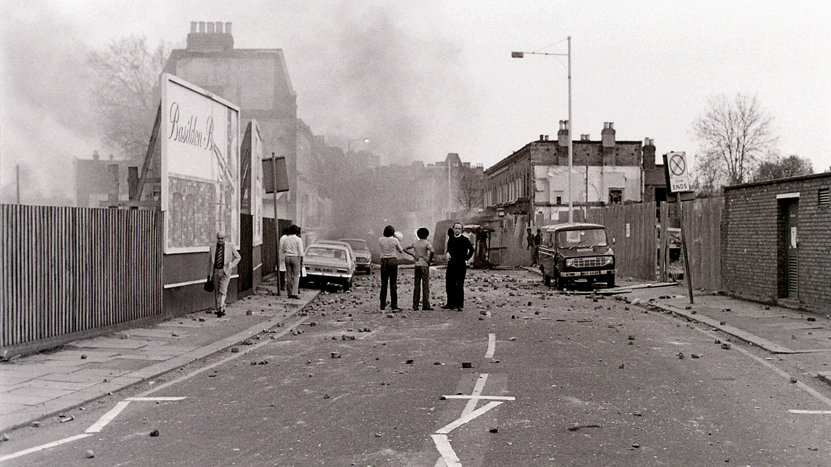Social identity theory was first proposed by Henri Tajfel (1971). He argued that the groups to which we belong are an important source of pride and self-esteem. Unfortunately, identifying with a specific “ingroup” to improve our self-esteem can lead to competition and intolerance against an “outgroup”. Tajfel’s theory is very influential in explaining stereotyping, discrimination and prejudice.
Tafjel’s research led to other social psychologists investigating social groups and how membership to group influenced individuals. One theory about how we make sense of our social world is social representation theory proposed by Moscovici and Nemeth (1974). They are similar to cognitive schemas but in this case applied to a group. This schema provides information about the group’s norms and how members communicate with each other. They establish a common understanding between group members and they contain all information about the identity of the group and how it functions in society.
Howarth (2002) aimed to understand the impact of social representations on self-esteem and identity of young people living in Brixton, South London, UK. At the time, Brixton had a high proportion of people of colour and the media often associated the area with crime, drugs and violence. Her research question focused on the social consequences of being seen as part of a community labelled ‘violent, ‘criminal’ and ‘unruly’.
The study consisted of 8 focus groups based on friendship with a total of 44 teenagers between the ages of twelve and sixteen as participants. Five interviews with the head teachers of Brixton’s secondary schools were also undertaken. Questions were concerned with what it was like living in Brixton and what people outside Brixton thought about Brixton. As is standard procedure in focus groups, the researcher used a topic guideline to ensure that questions on community, inclusion, exclusion, identity, ethnicity, the media, prejudice, racism, and schools were covered.
After data collection, Howarth undertook a thematic analysis and some of the themes that emerged included the role of media, the role of the family, the perception that Brixton is black and presence of self-hatred. Howarth noted that a very negative representation of “being from Brixton” by those from outside the area was not shared by all the people living there. Some participants found that members of their community were “diverse, creative, and vibrant”, a very different view to most outsiders.
The conclusion of the study supported social identity theory.
Caroline Howarth’s Brixton study is rooted in the historical context of British race relations and the Brixton Riots of 1981. This video, Brixton Riots: One Year Later will help put her study into historical context, and perhaps explain why the question of social representations was so important to her, and to her participants. The original paper is available here. Thanks to Stuart Cipinko who inspired this post.
Sign up to our monthly newsletter to keep up to date with all the latest Pamoja news.





